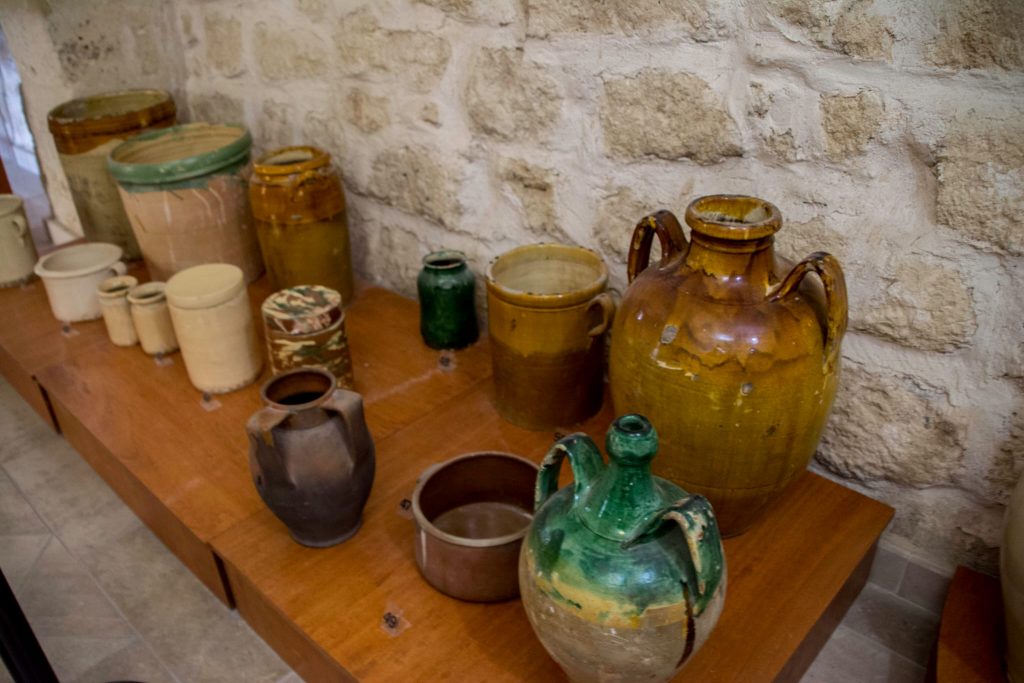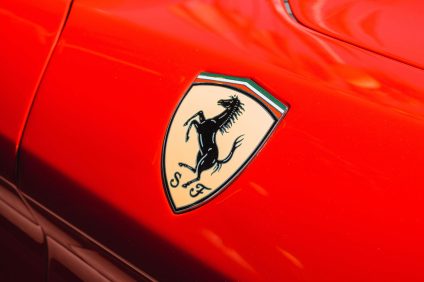An art form that combines tradition with modernity: in Grottaglie in Puglia there is a unique museum of its kind that collects 400 artifacts made of ceramic. A journey through the history of this art from the eighth century BC to the present day. We are talking about the Ceramics Museum, which is located in the Episcopio castle. A place that groups in special sections objects that relate to the daily work of the past, but also those used in the contemporary world. It is a museum that tells the story of the artisan tradition of this city. Another Italian excellence.
Museum of ceramics, the sections that bring together the history of an ancient local art
Il museum it is located in the so-called “Pottery Quarter”. It is divided into five sections to be discovered. These are collections that have been collected and cataloged over the years. From that dedicated to the traditional ceramic of use, with artifacts that traditionally were and are used for domestic services. And then that of majolica, including plates, jugs and devotional ceramic objects rich in colors. Then the archaeological section that instead contains the finds that are dated between the eighth and the fourth century. B.C.. And then space for an entire section dedicated to traditional nativity scenes that are exhibited at the end of the year. Finally, a section dedicated to contemporary ceramics.
The artifacts kept in the museum come from collections
The artifacts belong to public and private collections. They are a living testimony of a past in which ceramics played a role in the life of men. These are artifacts that were used in homes, such as ornaments, therefore, but also objects for hygiene and food storage.
The museum inside an ancient Castle of Grottaglie
This extraordinary place to visit is located in the south-eastern wing of the Episcopio Castle. In particular, the rooms of the museum are set up in the ambienti formerly used as stables. Once the castle was the residence of the archbishops of Taranto. Some rooms and the internal main tower of the castle already existed at the beginning of the XNUMXth century. It is located in the upper part of the historic center, between the old and the new inhabited center. The museum, born in December 1999, is therefore in Largo Immacolata and can be visited every day from 10 to 18. The district where the Castle is located is also characteristic. A place where expert potters work in small rooms, once used as oil mills. The artists have created workshops and cooking ovens in the rock.
And during the Christmas period the appointment with the exhibition of the nativity scene
Every year in December the museum hosts the exhibition of the nativity scene, with ceramic artists from various Italian cities. The exhibition aims to enhance the historical evidence of the nativity scene. It was in fact born in 1980 a witness of the ancient local tradition, so much so as to create a special section inside the museum. The last XNUMXth took place last year. Thanks to the skilful work of many ceramic artists, the city of Grottaglie is the only Apulian ceramic center protected by the DOC trademark. Included in the list of cities of Italian ceramics.
The museum and the art of ceramics at the time of Covid
And despite the restrictions due to these months of emergency, the Ceramics Museum has continued its activity. Especially on the net. On social channels published videos and images of the rich collections and promoted various activities. One is in progress now.
This is the twenty-seventh contemporary ceramic competition. Applications can be sent until the XNUMXst of July. Great Fotosuccesso then had the 2020 edition of Buongiorno ceramica, this year completely digital. Involved 46 Italian cities of ceramics who have contributed through the publication of videos and participation in virtual conferences between artists, museums and institutions.
Photo by Rosy Caporale













